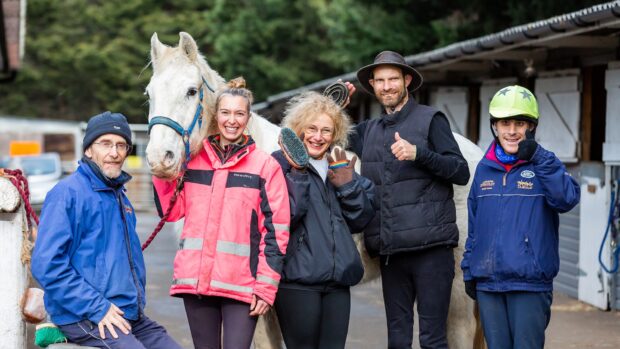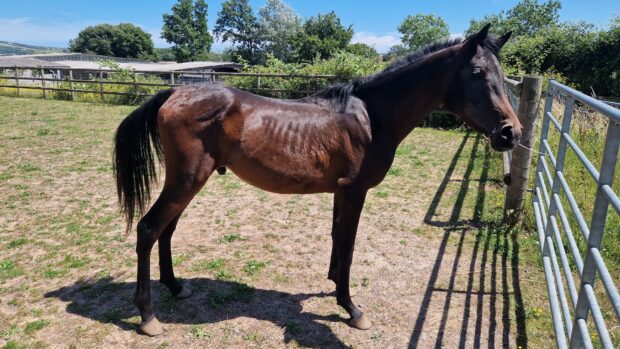The FEI has increased the required frequency of the vaccination booster for equine influenza from once a year to every six months for horses competing internationally.
The decision was approved at the general assembly in Paris in April, explains Professor Leo Jeffcott, chairman of the FEI veterinary committee. All but one of the 85 national federations present voted in favour of the ruling, which takes effect on 1 January 2005.
The rule has been made following further flu outbreaks worldwide – the latest in South Africa (news, 8 January) – and the fear that, after six months, protection levels lessen for young horses.
“We’ve been concerned for some time that if horses aren’t well protected from six to 12 months when the vaccination is waning, they can become re-infected,” says Prof Jeffcott. “They won’t show clinical signs but they can shed the virus and pass it on.
“We have to ensure horses are protected because, by its nature, the FEI encourages horses to cross international borders. But we have a double responsibility because some countries [e.g. Australia and Dubai] don’t have equine flu.”
Richard Newton, an epidemioligist working for the Animal Health Trust (AHT), monitors flu in the UK and worldwide, and recommends an optimal time between boosters of just six months.
“A lot of information over the past few years suggests that a good proportion of young competition animals given existing ‘killed vaccinations’ become susceptible after six months,” he explains.
This is partly because the flu virus continually evolves, and small mutations can soon leave even the most recent vaccines out of date.
“In 2004 the strains are markedly different to what we saw several years ago,” says Newton. “We try to keep on top of it, but worry that vaccinated horses are still susceptible.”
Jockey Club and show committee rules in the UK require animals permitted on to certain show grounds and all racecourses to be vaccinated annually. The course consists of a primary set of two injections (not less than 21 days or more than 92 days apart) followed by a booster 5-7 months later, and a yearly follow-up after that.
The Jockey Club says that it has no immediate plans to change its rules.
“The rule we have does not prevent individual horses from having flu, but is there to minimise the risk of an epidemic throughout the entire racehorse population,” says a spokesman. “The proof that the regulations are working comes via the fact that we don’t get nationwide flu epidemics.”
The AHT admits, however, that a vast number of the UK’s horses and ponies are not protected. Against an equine population of around one million, it estimates that only about 300,000 doses of flu vaccine are used annually.
“And with horses starting a regime needing three doses in a year, that puts it in to context,” says Newton. “It’s difficult to say whether or not outbreaks are increasing in the UK. We’re only seeing the tip of the iceberg due to misdiagnoses and cases that never reach us. So the information we do have is a wild underestimation of the true numbers.”



